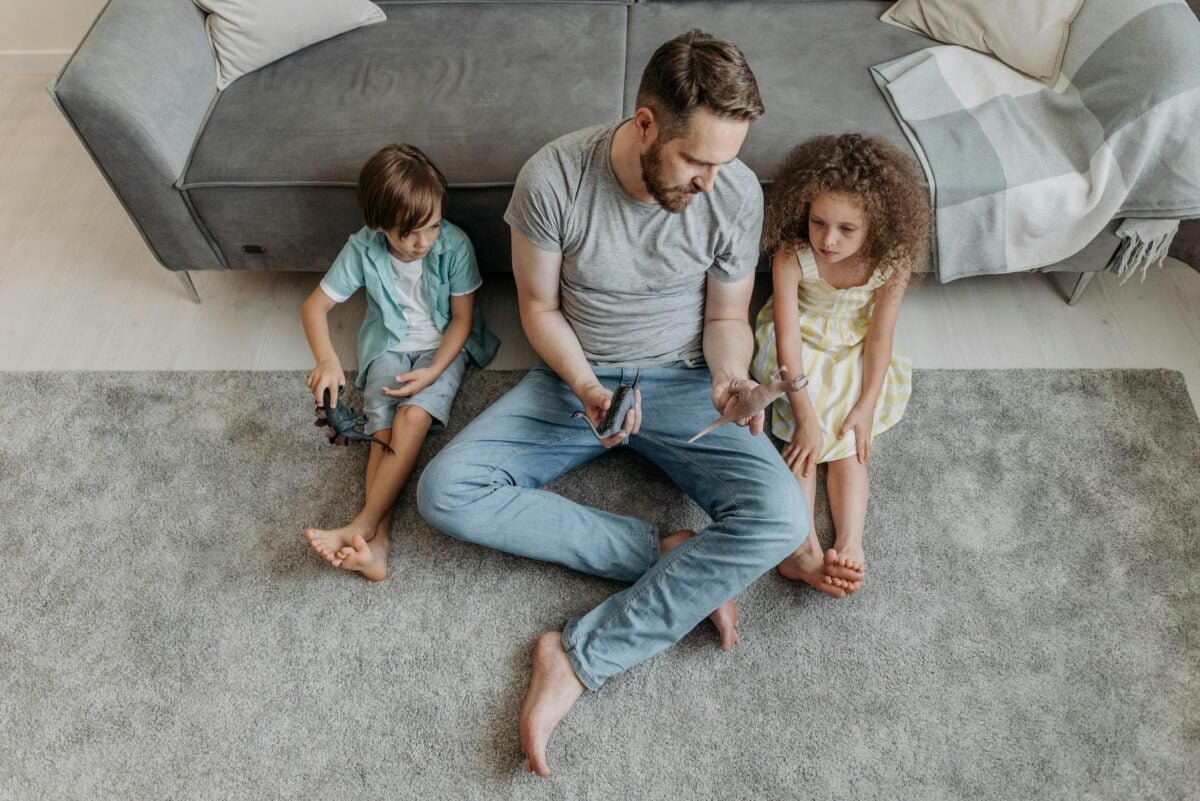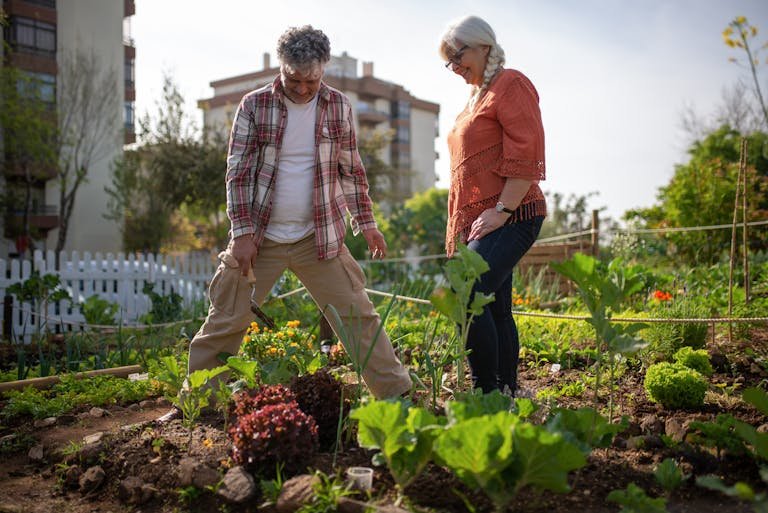Embracing Minimalism with Kids: Simplify Family Life
Minimalism is a great idea. Who wouldn’t want to simplify their life, create more space for the things that matter most, and all the while have more money to do those things with. That’s all well and good for single people, but what about embracing minimalism with kids. Is that even possible?
Before Minimalism – A Back Story
Having found minimalism after the kids came along, a big question that loomed over all my efforts to move towards this lifestyle. Was it really possible to adopt a more minimalist lifestyle with kids? Growing up in an environment where money was ALWAYS the discussion point, with sacrifices having to be made just to get the basics like the weekly food shop, a replacement washing machine or the pay gas bill. These essential decisions were made over owning a car, having a holiday or indulging in expensive hobbies. My pre-kids life had been a chase for a more comfortable situation, where covering utility bills, a mortgage and food was a given, with money left over for holidays, socialising and a financial safety net (Not beholden to anyone!). In time, that led to workaholism and coping mechanisms that left me burnout – I was ready for a change!
Minimalism – Raising Questions
None of that chase for comfort or the gruelling hours of work had left me feeling happy. I had been flirting with the idea of Minimalism for a while, but by then the kids had come along and of course that couldn’t work for us. Minimalism would be deprivation, and hadn’t that been exactly what I had been trying to escape? Would embracing minimalism with kids leave them feeling the same way that I had?
Surprisingly, the answer was no. My early life had been a lifestyle chosen not with intention but rather a set of circumstances that made it a necessity.
What about you? Are you ready to become a minimalist?
Perhaps you are feeling much like the many families increasingly turning to minimalism as a way to simplify their lives and focus on what truly matters. But how can parents embrace minimalism while raising children? Let’s explore this transformative lifestyle and discover practical ways to implement it in your family.
Minimalism with kids isn’t about creating stark, empty spaces. Instead, it’s a thoughtful approach to family life that prioritises experiences over possessions and teaches the value of “enough.” By adopting this lifestyle, you’re not just decluttering your home – you’re setting the stage for mindful parenting and intentional living.
Getting Started: Mindset Shifts for Minimalist Parenting
It became evident early on that a shift in mindset was required. Placing a focus on creating memorable experiences, rather than accumulating things. Teaching our children that happiness doesn’t come from possessions but rather from relationships, creativity, and personal growth. I had to address those common challenges head-on, like the fear of depriving our kids or pressure from consumerist culture. Would they have the right things to fit in?
Why Teach Minimalism to Children?
Before we get into the how-to’s, let’s consider why embracing minimalism with kids can be beneficial:
- Encourages creativity and imagination: We want to nurture their creativity and ingenuity to make the most of what they have. I’m not nostalgic for the old days, but remember the simplicity of that right angle gun made from Lego bricks. That kind of resourcefulness can lead to more innovative thinking and problem solving skills in the future.
- Reduces overwhelm and stress: A cluttered environment often leads to a cluttered mind, making it difficult for kids to concentrate and feel at ease. A minimalist lifestyle helps children learn to appreciate the value of simplicity and organisation. This can greatly contribute to their overall well-being. A tidy space promotes a calm mind, allowing them to develop a sense of clarity and purpose, allowing them to focus better on their studies and hobbies.
- Increased focus to prioritise what truly matters: With fewer distractions, children can concentrate more effectively on their tasks, leading to improved academic performance and more meaningful engagement in their activities. This heightened focus also fosters a deeper sense of satisfaction and accomplishment, as children are able to immerse themselves fully in their endeavours.
- Teaches responsibility and decision-making: Adopting minimalism teaches kids to be responsible for what they have. Minimalism encourages you to deal with those unmade decisions that over time improves decision making confidence and capability.
- Promotes gratitude and contentment: Appreciaing what they have can lead to better contentment.
- Fosters environmental awareness: Living a more simple life builds an appreciation for the level of waste in modern consumer based societies. Teaching our kids to observe this waste can foster a greater environmental awareness.
Role model the minimalist lifestyle – Start with your stuff first before you even consider looking for your kids to embrace minimalism
Decluttering with Kids: Making it Fun and Meaningful
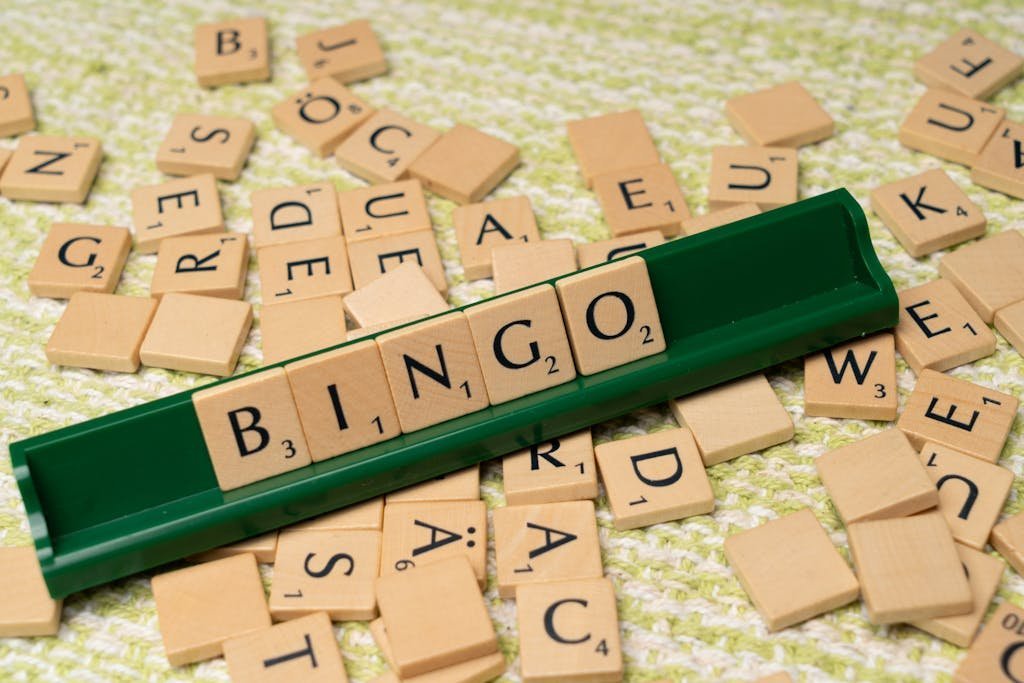
Teaching minimalism to kids should be a positive and collaborative experience, rather than an imposed directive. Encourage children to participate in the process, making decisions about what to keep and what to let go. This approach not only makes embracing minimalism with kids more enjoyable but also empowers them to take ownership of their choices and understand the value of mindful living.
Decluttering Storytelling
Storytelling can also be used to explain minimalist concepts in a way that resonates with children. Narratives about characters who find joy in simplicity can be powerful tools. You can use stories about animals who live happily with fewer belongings or adventures where the protagonist discovers freedom in a minimalist lifestyle. These stories not only entertain but also educate, making the concept of minimalism more accessible and engaging for kids.
Gamify the Declutter
Engaging kids in minimalism can be a rewarding yet challenging endeavour . One of the most effective strategies is gamification, learning how to declutter through play.
Declutter Bingo
Create a ‘declutter bingo’ game where children aim to complete a row of decluttering tasks to win a small prize. This not only makes the activity fun but also instills the principles of minimalism in a subtle manner.
Donation Box
Talk about the benefits of donating to those less fortunate and then create a game to fill a donation box. Encourage them to find the things that they no longer want and see who can fill the donation box first. Involve your kids in the decision making process asking the following questions
- Does this still make you feel happy?
- Do you still play with it?
- Would you miss it if it was gone?
Scavenger Hunt
Create a scavenger hunt for items to sell. Have a boot or yard sale where the kids get to keep the money their stuff raises.
Making space for sentimental items
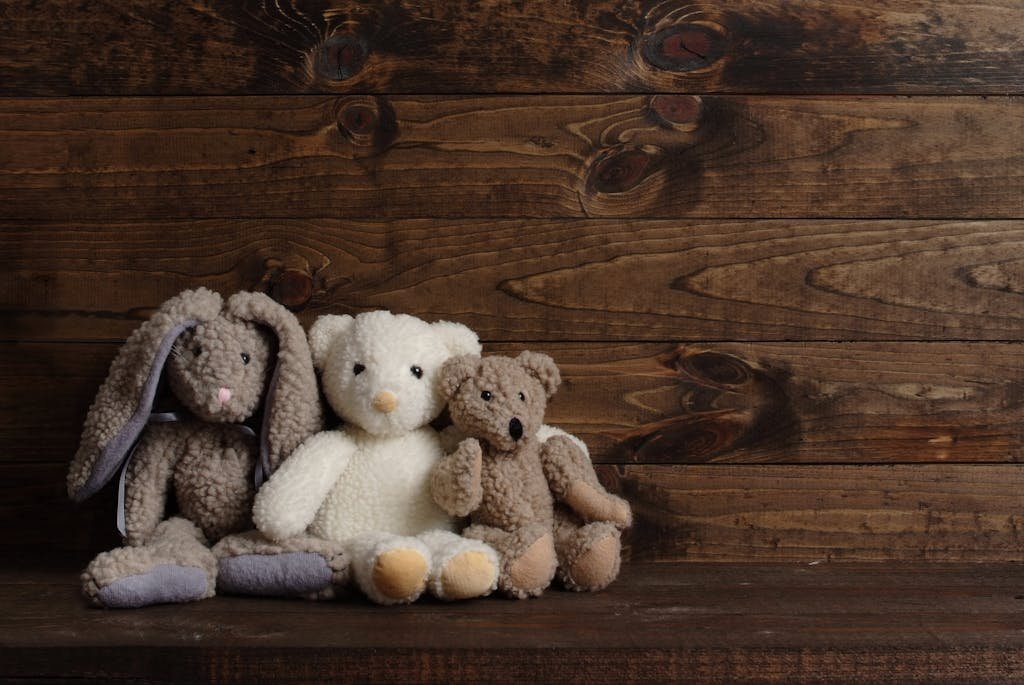
Stuffed animals
Kids get a lot of these, start by encouraging your kids to get rid of the tacky ones they no doubt have acquired at school fetes or promotional teddies that are essentially marketing. Try to encourage the retention of those truly sentimental ones like those family members bought as gifts when they were born, that special one that they needed with them just to go to sleep as a child or the one that came on holiday with you every year.
Art work
Creative kids will generate a lot of paper artwork. Try to keep on top of capturing the date and the kid that generated it on the back of the artwork. It’s good to see how their creative talents evolve over time. Look to declutter duplicate ideas or less well executed art works from each period of their life to avoid becoming overwhelmed with boxes full of paper. Encourage your kids to give or post some of their best work to relatives. These can be a nice surprise for Gran or Grandad and also to help declutter the volume.
Memory Box
Make sure each of your family has a memory box or container to always have a place to keep the most sentimental of items.
Creating Minimalist Spaces for Children
Much like us, kids get overwhelmed by the abundance of choice. At work when everything is priority, then nothing truly is, kids experience this same challenge with an abundance of toys or distractions. Procrastination sets in and play becomes an exercise in indecision, jumping from toy to toy, or book to puzzle never really playing with anything. Having fewer choices leads more time playing with the things they have. By embracing minimalism with kids, we need to design functional bedrooms and play areas that give them sapce to think, encourage their creativity and independence. Adopting the following can help support this intention:
Organisational Systems
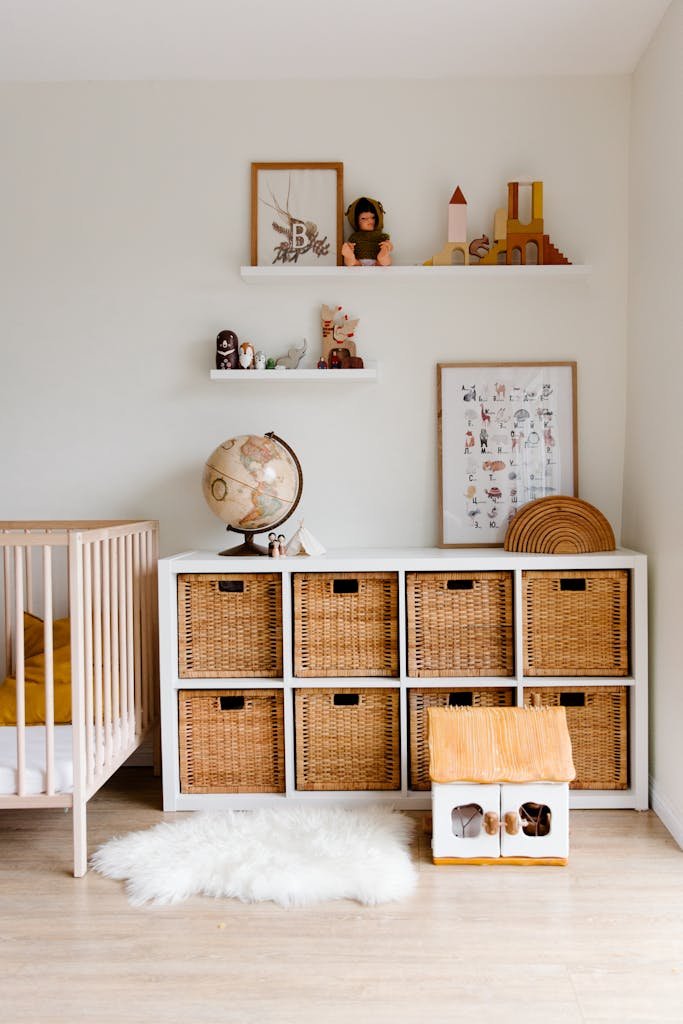
Implement effective organisation systems for toys and books ensuring your kids have storage to keep these things. Remember to encourage them to keep within the confines of the available storage. You want to avoid the satellite toys that gather around the storage tub mothership. Everything you should have a place where it lives.
Toy Rotation
Consider a toy rotation system, where only a select number of toys are available at any given time and others packed away. This not only reduces clutter but also renews interest in forgotten items. You do however need to be intentional about keeping that rotation going so that your own attic/loft storage does not become a place for the forgotten items.
Minimalist Approach to Children’s Clothing
When it comes to clothing what has worked for us has been focusing on what our kids need for the life they are leading today. Just like us adults, it’s not about having a wardrobe that caters for all those “just in case” scenarios. If one of those crops up, we choose to make that addition at that time, if the need is essential.
Who they are and what they do
We’ve tried to build a capsule wardrobe for each child, that focuses on what each one does. if they play sports, then they have sports clothes, if they are a young tween/teen then they have options for that too.
Quality over quantity:
This can be a challenge with a teen wanting to fit in with their peers but where possible, making quality choices over quantity is better.
Versatility
Opt for a smaller number of items that mix and match easily, enabling the creation of multiple outfits and avoiding the “It’s in the wash” crisis.
Hand-me-downs
Embrace hand-me-downs from friends and family whilst the kids are young. This gets challenging as they approach the teenage years but can be an exciting experience for the younger kids when that bag gets dropped off. This reduces waste and will save you money. If you have other friends and family with suitably younger kids, consider paying that forward with a bag of your own when the time comes.
Be Intentional
Focus on buying clothes when items have been outgrown or when they need replacing.
Seasonality
Children need clothes for each season. You should review these at the change of season as they will likely have outgrown them by the time this rolls around again.
Donate
Donate good condition clothes that are in a saleable condition and aim to donate these early on in the relevant season. That may mean storing these away until the following year to donate in a responsible manner. Charity shops/Good Will do not want your Halloween outfits in November, your Christmas jumpers in January or your kids beach wear in October.
Contain within the space available
Aim to limit the amount of clothing to the space they have available. This will reduce overwhelm, enable them to see only those options that are wearable at that time and encourage independent choice.
This approach simplifies laundry and morning routines, while teaching kids about sustainable fashion choices.
Simplifying Family Routines and Schedules
When we streamline daily tasks to reduce stress in our lives, we create more time for family shared activities and experiences.
Simplifying Routines
Look to streamline morning and bedtime routines so the start and end to their days promote a state of calm and readiness for the day ahead or getting a good night’s rest.
Find Balance between Structured Activities and Free-play
Just like our own schedules look to create balance between structured activities and downtime for free play and relaxation.
Family Traditions
Create meaningful family traditions that don’t revolve around material goods, examples might be weekly game nights or monthly nature hikes.
Home Study
Create simple, distraction-free study spaces. Encourage creativity with fewer, but more open-ended resources.
Extra Curricular Activities
Take a minimalist approach to extracurricular activities, choosing quality over quantity. This allows kids to deeply engage in their interests without becoming overwhelmed. A little boredom is the lifeblood of creativity and imagination. Try to avoid having your kids lives so over-scheduled so that they miss out on the opportunity to develop creative ways to fill the free space in their lives.
Teaching Kids about Mindful Consumption
Instill gratitude and contentment by regularly discussing what you’re thankful for.
Gift Giving
Encourage thoughtful gift-giving and receiving, focusing on experiences or handmade items.
- Focus on experiences rather than physical gifts
- Encourage homemade or DIY presents
- Create wish lists with a mix of needs and wants
- Teach the value of giving to others
Model Sustainability
Model sustainable choices in your own life, from shopping habits to waste reduction.
Overcoming Challenges of Minimalism with Kids
Peer Pressure/Consumerism
Foster and environment where you can freely discuss and address external influences like peer pressure and media messages about consumerism. Shared family meals is a good time to raise these topics, allowing time for all to heard and valued.
Autonomy
Balance individual preferences within the family, allowing each person some autonomy in their spaces and possessions. We need to be prepared to adapt your minimalist approach as your children grow and their needs change.
What Are The Long-Term Benefits Of Embracing Minimalism With Kids?
Whilst some of the below are evident from what we’ve covered so far, here’s a quick summary of the key pros and cons of embracing minimalism with kids.
Pros of Family Minimalism
- Improved Focus: Minimalism can help children concentrate better by reducing distractions. A clutter-free environment allows them to focus on essential tasks and activities. This can help them be productive in their studies and spend less time procrastinating over homework.
- Increased Self Sufficiency and problem solving skills: Having more space to think and to use their imagination leads to more creative self sufficient kids that are able to solve problems.Not always having exactly what they need encourages finding solutions to fill that need.
- Better Organisation Skills: Teaching minimalism encourages kids to prioritise and organise their belongings, fostering a sense of responsibility and tidiness.
- Enhanced Emotional Well-being: A minimalist lifestyle can reduce stress and anxiety in children, as they are not overwhelmed by excessive possessions and clutter.
- Stronger family bonds through shared experiences: When both you and your kids have more time for each other and prioritise experiences over things, these shared experiences lead to stronger bonds.
- Environmental Awareness: By adopting minimalism, children can become more conscious of their consumption patterns and the environmental impact, leading to more sustainable habits.
- Financial Literacy: Minimalist parenting often involves teaching children the value of money and the importance of mindful spending, which can lead to better financial decisions in the future.
Cons of Family Minimalism
- Initial Resistance: Children may initially resist the idea of minimalism, especially if they are accustomed to having many toys and possessions. Focus on gradual implementation through positive reinforcement.
- Potential Misunderstandings: Kids might misunderstand minimalism as deprivation, thinking they are being denied possessions rather than learning to appreciate what they have.
- Difficulty letting go of sentimental items: Teach balance and selective keepsaking. That memory box will help create a space with limitations.
- Difficulty in Maintaining Minimalism: Maintaining a minimalist lifestyle can be challenging, especially with external influences such as advertisements and peer pressure.
- Social Challenges: Children might face challenges in social settings if their lifestyle differs significantly from their peers, potentially leading to feelings of isolation “being different” or exclusion. Encourage individuality and confidence!
- Balancing Minimalism and Creativity: There is a risk that excessive minimalism might stifle creativity and self-expression if not balanced carefully.
How Can I Maintain Momentum In Our Minimalist Journey?
- Regularly reassess and declutter as a family
- Celebrate minimalist milestones together
- Continue educating yourself and your children about sustainable living
- Share your experiences with other families
- Stay flexible and adapt your approach as your children grow
By teaching our children the principles of minimalism, we’re equipping them with valuable life skills and a mindset that will serve them well into adulthood. Remember, the goal isn’t perfection but progress. Every small step towards a more intentional lifestyle is a victory worth celebrating.
Are you ready to embark on this minimalist journey with your kids? Start small, stay consistent, and watch as your family reaps the benefits of a simpler, more meaningful life together.
By embracing minimalism with kids, you’re giving them a precious gift – the ability to find joy in simplicity and to value what truly matters in life. Remember, it’s a journey, not a destination. Start small, be patient with yourself and your family, and celebrate each step towards a simpler, more intentional life.
In summary, the benefits of embracing minimalism with kids are vast, encompassing creativity, reduced stress, and increased focus. By fostering a minimalist mindset, you are helping your children cultivate a more mindful and fulfilling life. Teaching minimalism, rather than imposing it, ensures that the experience is positive and empowering for your little ones.
Before you go!
If you enjoyed this article, take a look at some of our other articles using the minimalism filter on our home page. We’ve also curated a list of the top 9 books on minimalism.
We’d also appreciate if you can follow us on Pinterest so that others can benefit from the content we share here.

